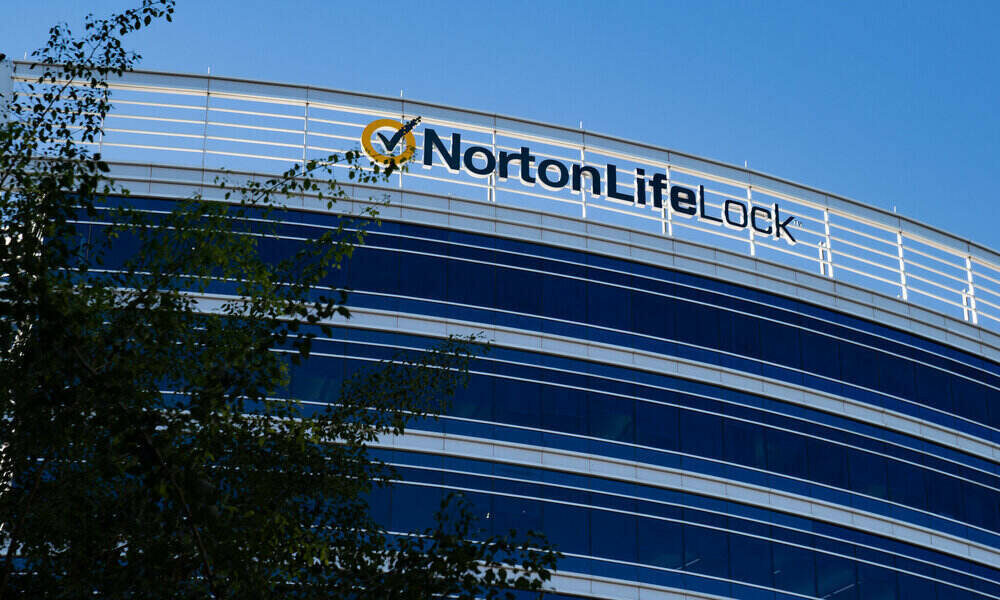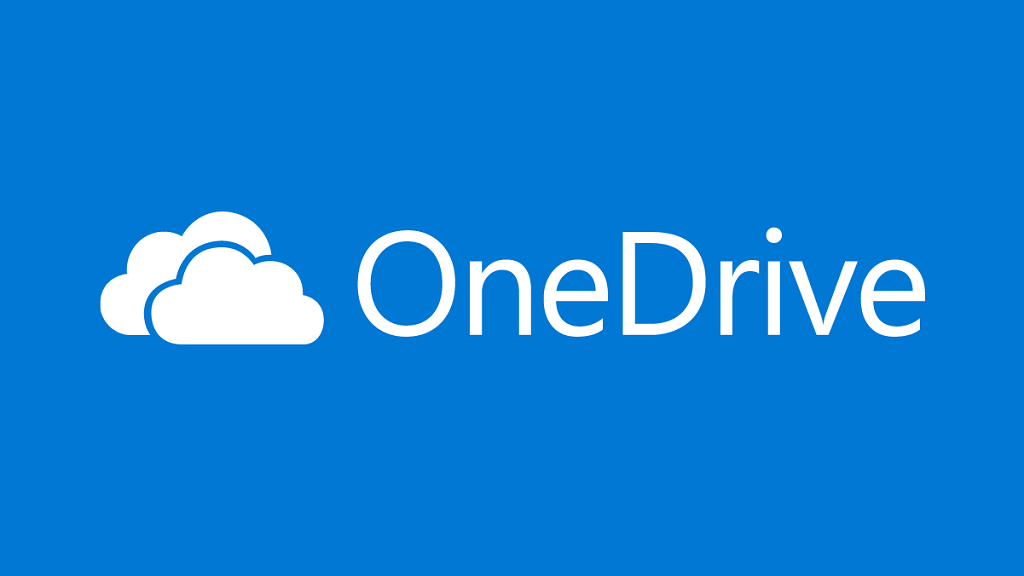
Gen Digital, parent company of what was the former consumer division of Symantec, Norton Life Lockhas confirmed that thousands of user accounts of its services have been hacked, likely giving attackers access to your clients’ password managers that use the feature. Therefore it is imperative that all Norton LifeLock users change their account access passwords as soon as possible.
Apparently, the security breach that has caused third-party access to the accounts has been an attack through the credentials, and not a direct hack of the service’s systems. As they have pointed out in Techcrunch, in the notice that Gen Digital has sent to the affected clients, the attack was produced by attack through credentials, using some that had been exposed in a previous attack on other services, or on the system itself, and which are then used to access other services through accounts that share the same password.
The security breach occurred on December 1, 2022, and several days later, on December 12, the company’s systems detected a large volume of failed logins trying to access service accounts. In view of what happened, they opened an investigation and discovered the attack.
Those who accessed the accounts, yes, have been able to see various personal data of their owners. These include your full name, phone number, and email address. Of course, the company cannot rule out that the attackers have been able to access the Norton LifeLock password management function, and therefore, the passwords stored in it.
Apparently, Some 6,450 Norton LifeLock customer accounts were compromised during the attack. Therefore, it is not as large-scale an attack as others, but it reveals a fairly common problem among users and consumers who do not suspect that their accounts may be compromised. If you use similar emails and passwords in different user accounts, you are more likely to suffer a security breach. For this reason, at Gen Digital they advise using a unique password for each service, and activating verification in two or more steps when possible.
Photo: Tony Webster



